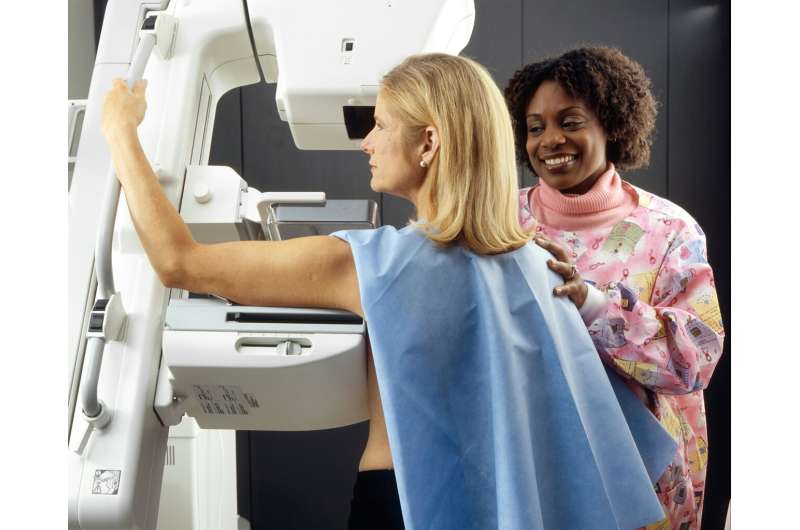Understanding the Hidden Food Safety Risks at Buffets and How to Protect Yourself

Buffet dining offers variety but poses significant health risks due to cross-contamination, temperature issues, and allergens. Learn how to stay safe and enjoy your meal responsibly.
Buffet-style dining offers the excitement of choosing from a variety of dishes and trying new flavors, but it also presents notable health risks if proper food safety practices are not followed. The appealing abundance of food and self-service format can turn into a breeding ground for bacteria and foodborne illnesses.
One major concern is cross-contamination. When multiple dishes are displayed close together, harmful bacteria, viruses, or allergens can transfer from one food item to another. Customers serving themselves may inadvertently use the same utensils across different dishes or handle food with unwashed hands, facilitating the spread of bacteria like Salmonella, E. coli, and Listeria. Even sneezes or coughs over food trays can introduce pathogens.
For individuals with food allergies, buffets pose additional dangers. Cross-contact with allergenic ingredients—such as a shared spoon used in a nut-containing dish—can trigger severe allergic reactions. Proper labeling, separate utensils, and staff training are essential, but busy environments often hinder strict adherence.
Temperature control is another crucial factor. Food must be kept outside the danger zone (8°C to 63°C) to prevent rapid bacterial growth. Many buffet foods are left out at room temperature longer than recommended, increasing the risk of pathogens like Salmonella, E. coli, Listeria, and Staphylococcus aureus multiplying. Consuming food that has been sitting out too long or reusing leftovers without proper hygiene can lead to outbreaks of food poisoning.
To stay safe while enjoying buffet meals, diners should look for steaming hot or chilled dishes, use clean utensils, verify allergen labels, and wash hands before serving. Recognizing signs of unsafe food, such as lukewarm or unlabeled items, helps prevent illness.
Buffets can still be a delightful and safe dining option if health precautions are observed. Food venues should ensure strict hygiene practices, proper temperature maintenance, and clear allergen labeling. Meanwhile, diners should remain vigilant, choosing dishes that appear fresh and well-maintained, and avoid those that seem suspect.
Source: https://medicalxpress.com/news/2025-07-buffets-recipe-health-disaster-diners.html
Stay Updated with Mia's Feed
Get the latest health & wellness insights delivered straight to your inbox.
Related Articles
Innovative Rapid Kidney Test Under Development for Early Detection and Monitoring
A new rapid blood test is being developed to detect kidney injury earlier and enable timely treatment, reducing the risk of progression to chronic kidney disease.



